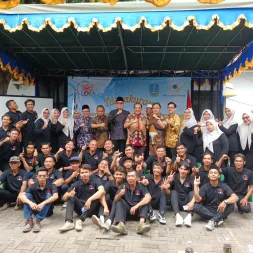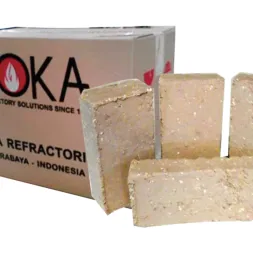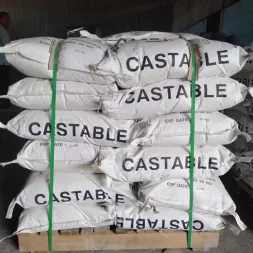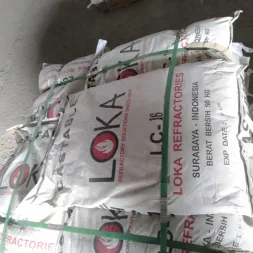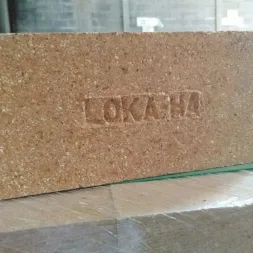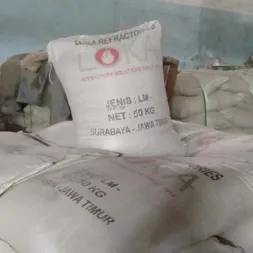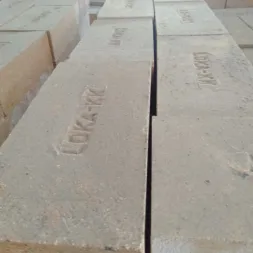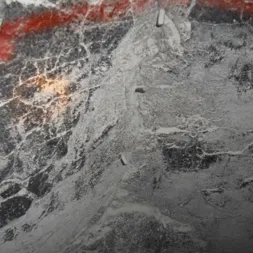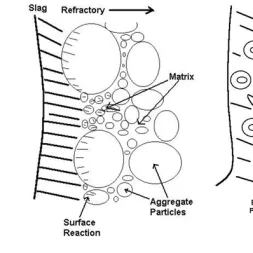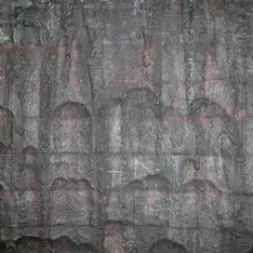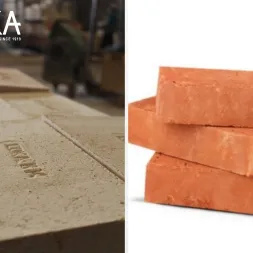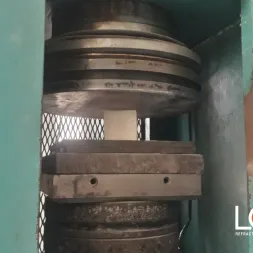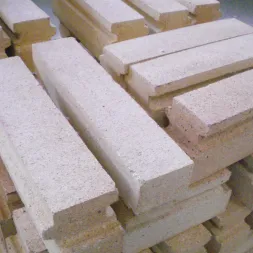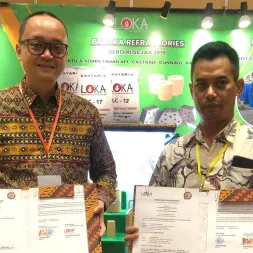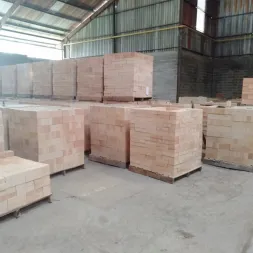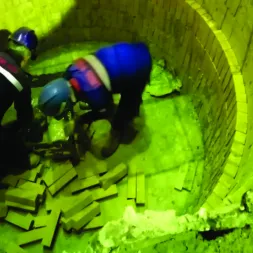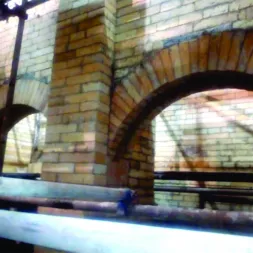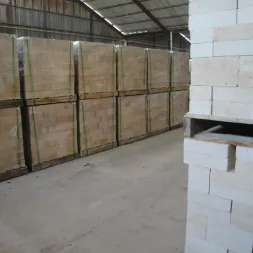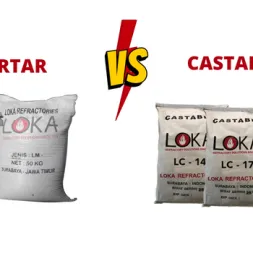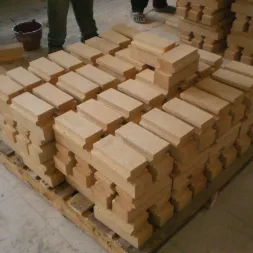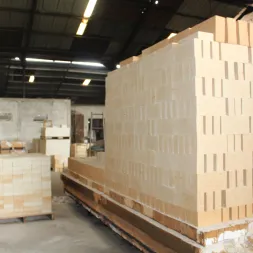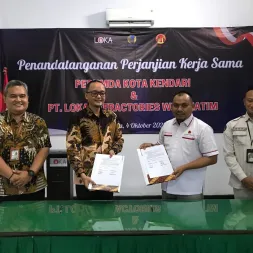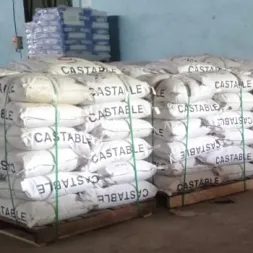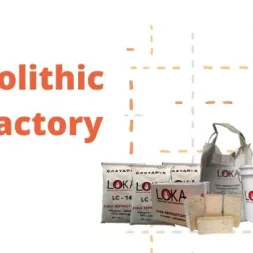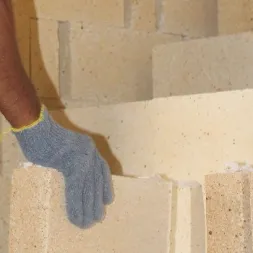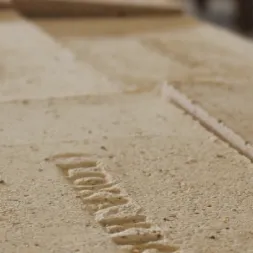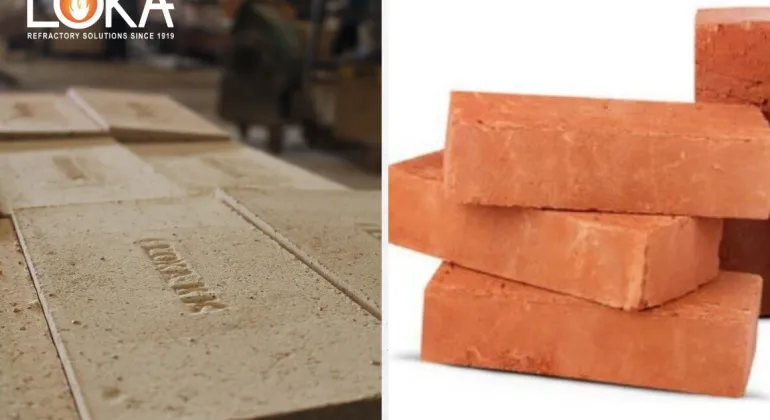
Fire Clay Bricks and Regular Clay Bricks, What's the Difference?
Loka Refractories - What is the difference between fire clay bricks and regular clay bricks?
In terms of appearance, both of them look similar. But actually, they are very different!
Fire clay bricks and regular clay bricks have very different uses and compositions. The differences will be outlined in the following explanation.
First, let's discuss the difference in composition.
Fire clay bricks have a main composition of alumina derived from bauxite and silica derived from quartz sand.
These raw materials have refractory properties that make them resistant to very high temperatures.
In addition to alumina and silica, refractory bricks also have other raw materials such as magnesia, carbon, silica carbide, and so on according to their needs and applications.
Meanwhile, regular clay bricks are made from clay with additives such as sand, lime, ash, and so on. Therefore, they do not have refractory properties.
Second, let's compare their uses. Regular clay bricks are commonly used to build walls of houses, buildings, and many more.
Whereas fire clay bricks are used to build lining in furnaces, ovens, boilers, ladles, reformers that involve heat energy and high pressure.
The thing is, regular clay bricks are resistant to fire. However, it does not have resistance to temperatures up to 1800 C as well as pressure and abrasion.
Another difference is that regular clay brick has a much cheaper price than fire clay bricks.
If you need clay bricks, you can find them easily at the nearest building store.
Finding refractory bricks is no less easy. Contact Loka Refractories at:
Phone : (031) 7663307/0821-4280-8500
E-mail : info@lokarefractories.com
We supply refractory bricks with standard sizes (230x114x65mm) and custom sizes according to your industry needs!
In terms of appearance, both of them look similar. But actually, they are very different!
Fire clay bricks and regular clay bricks have very different uses and compositions. The differences will be outlined in the following explanation.
Differences between fire clay bricks and regular clay bricks
First, let's discuss the difference in composition.
Fire clay bricks have a main composition of alumina derived from bauxite and silica derived from quartz sand.
These raw materials have refractory properties that make them resistant to very high temperatures.
In addition to alumina and silica, refractory bricks also have other raw materials such as magnesia, carbon, silica carbide, and so on according to their needs and applications.
Meanwhile, regular clay bricks are made from clay with additives such as sand, lime, ash, and so on. Therefore, they do not have refractory properties.
Second, let's compare their uses. Regular clay bricks are commonly used to build walls of houses, buildings, and many more.
Whereas fire clay bricks are used to build lining in furnaces, ovens, boilers, ladles, reformers that involve heat energy and high pressure.
The thing is, regular clay bricks are resistant to fire. However, it does not have resistance to temperatures up to 1800 C as well as pressure and abrasion.
Another difference is that regular clay brick has a much cheaper price than fire clay bricks.
If you need clay bricks, you can find them easily at the nearest building store.
Finding refractory bricks is no less easy. Contact Loka Refractories at:
Phone : (031) 7663307/0821-4280-8500
E-mail : info@lokarefractories.com
We supply refractory bricks with standard sizes (230x114x65mm) and custom sizes according to your industry needs!
Latest Article





